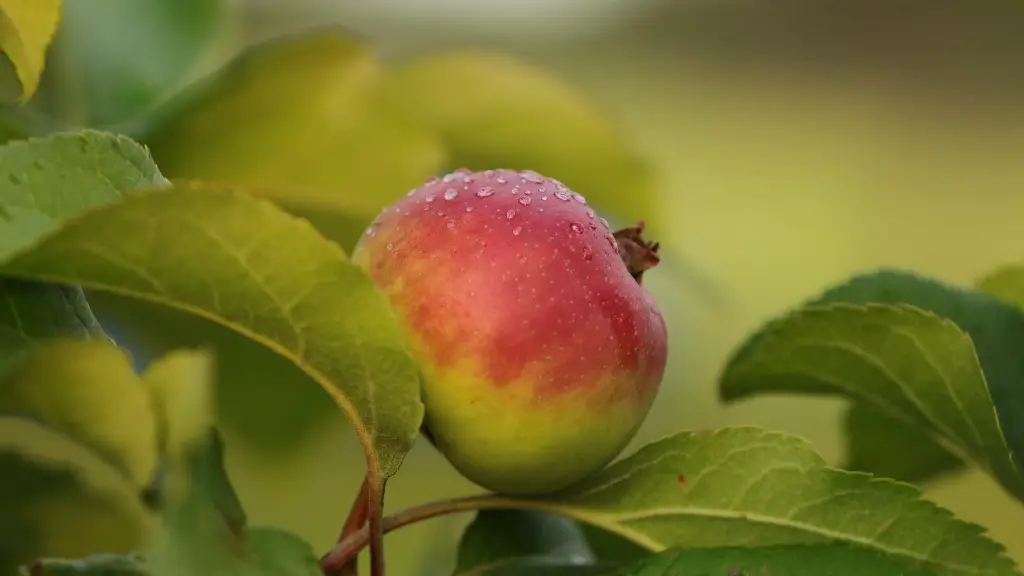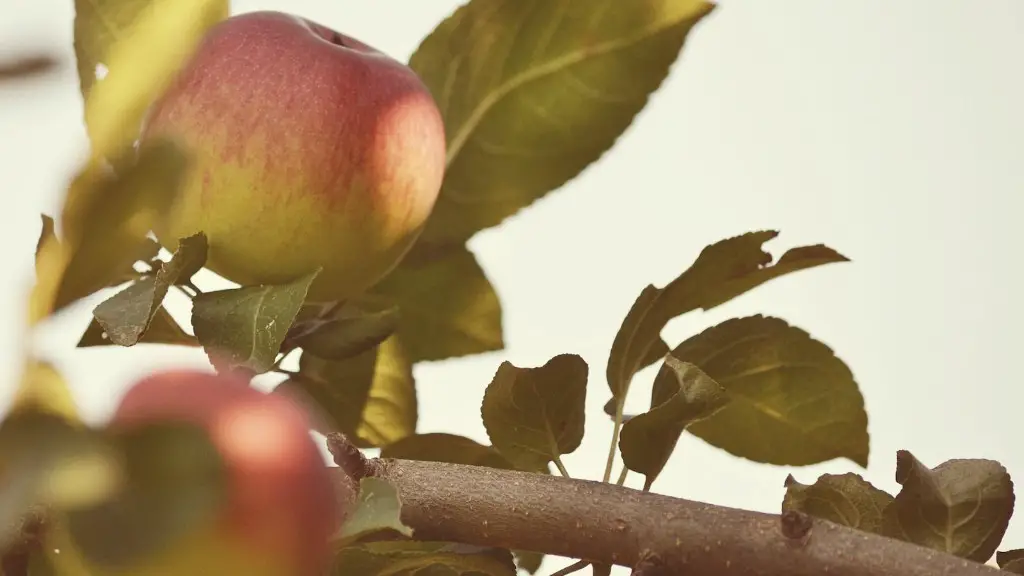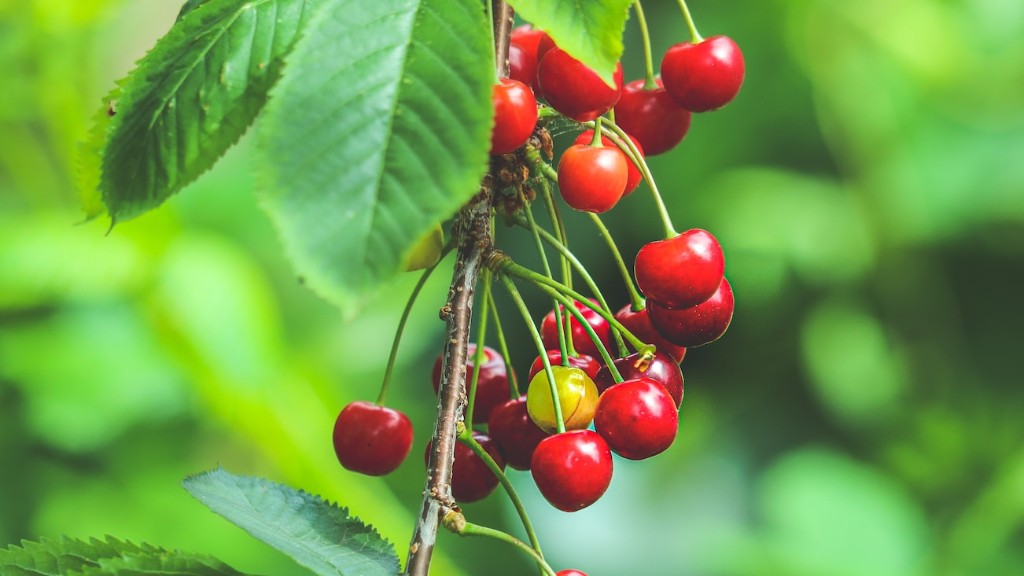Caring for a young lemon tree can seem daunting, yet with a few basic steps, lemon tree owners can have a healthy, productive tree. Learning the best practises of planting, watering and pruning your lemon tree will ensure rewarding results.
First of all, lemon trees should be planted in soil with excellent drainage. If necessary, add organic material or chunky gravel for better drainage. Lemon trees do best in full sun, but can tolerate light shade. If planting in full sun, consider using a shade cloth to protect the tree during the first few growing seasons.
Young lemon trees should be watered as needed so the soil stays moist, but not overly wet. Water less frequently during cooler months, and more when days are hot. The soil should be cool to the touch. Check the base of the tree and see the water is getting through.
Avoid over-fertilising your lemon tree, as this can cause burning and prevent the nurturing of much-needed microorganism in the soil. A citric fertilizer is best. Feed the tree when it’s in its growing stages and then again as spring approaches.
Young trees should be pruned to keep them in shape and to facilitate faster growth. Get rid of any broken, dead and crossed tree branches that can hinder growth. Pruning spoiling ones helps the leaves and fruit to get adequate sunlight and air circulation.
Give your lemon tree a deep watering every 3-4 weeks during dry weather. Water in the kind of concentric circles outside the drip line – so increasing in size as you move outward – to encourage roots to grow outward.
Keep your lemon tree free of weeds by clearing any weeds and grass around its base. This will help to prevent competition for resources, such as nutrient content, water and light.
Planting your lemon tree
Before beginning to plant your lemon tree, it’s important to choose the right kind for your area’s climate and to pick a spot in your garden that will get plenty of sunshine. The best time to plant is early autumn or spring.
Ensure that you dig the hole in your chosen spot, and make the hole much bigger than the tree’s root ball, to give roots enough space and nutrient-rich soil. Carefully remove the tree from the container and shake off the excess compost. Loosen any circular roots tightly, and don’t forget to add in compost for extra nutrients.
Put the tree gently into the hole and fill it up with new compost or soil. Water the newly planted tree, ensuring to water until it is saturated. This will help the tree become fully comfortable in their new home.
Add a layer of mulch around the tree, taking care not to cover the stem or branches. Keep around the mulch around 8 inches away from the tree to provide both water and nutrients as it slowly rots away.
When planting, you need to provide proper support for your tree in order to keep it stable. The most common support is a stake frame so that your tree doesn’t fall over. The stake should be placed into the ground before planting the tree so that it doesn’t damage the roots of your tree.
Watering your lemon tree
Watering is essential for a lemon tree’s health, and it needs regular, deep watering. The amount of water your lemon tree needs is dependent on the kind of climate in your area as well as season. Quality water is a must for young lemon trees, and water needs to reach to a minimum of 8-10 inches deep.
For young lemon trees, it’s best to water daily or every other day, depending on temperatures in your area. As they get bigger and older, they may only need watering once a week. Make sure the soil is completely dry before watering again, as overwatering can cause the root to rot.
Ideally, you should use a drip irrigation system to water your lemon tree as it is a more efficient and effective way to water. This type of irrigation system is also economical and allows for greater control when it comes to the amount of water being used.
Your lemon tree should also be watered in the early morning before the sun comes up to minimise evaporation, and don’t forget to give the leaves an occasional spray down with water. This will help to keep the area around the tree moist and prevent the leaves from drying out.
Fertilizing your lemon tree
Fertilizing is essential to give your tree the essential minerals and nutrients it needs to be healthy and thrive. When purchasing fertilizer, make sure to choose one that is specifically designed for citrus trees and contains the needed nitrates, phosphates and potassium.
It is recommended to feed your lemon tree once during the early spring and then again around mid-summer. The soil should be moist before applying fertilizer to make sure that the nutrients are absorbed more quickly and evenly.
If the tree is not growing, it could be a sign that it is lacking in fertilizer. You can also add additional fertilizer during dry spells or during the growing season. Make sure to follow the directions on the package.
Be careful not to over fertilize your lemon tree as too much fertilizer can burn the roots and prevent essential microorganisms from thriving in the soil. Avoid using chemical fertilizers if possible, and instead opt for a natural fertilizer made of compost or manure.
Protecting your lemon tree
Young lemon trees can easily be damaged by wind and extreme temperatures. The simplest and most effective way to protect your tree is to cover it with a tarp or a blanket during cold and windy days, and to provide some kind of shelter if the temperatures dip too low.
Another option is to use a protective netting around the tree to protect against birds and other pests. These nets are especially useful to protect the tree during particularly wet or dry seasons.
Keep an eye on your tree for signs of pests or disease. If your tree does become infested with pests or diseased, don’t wait, act as soon as possible. If you’re unable to control the problem on your own, seek assistance from a professional.
Finally, if there are any heavy loosened branches or hanging dead fruits, make sure to remove them. This will help the trees get adequate sunlight and ventilation.





